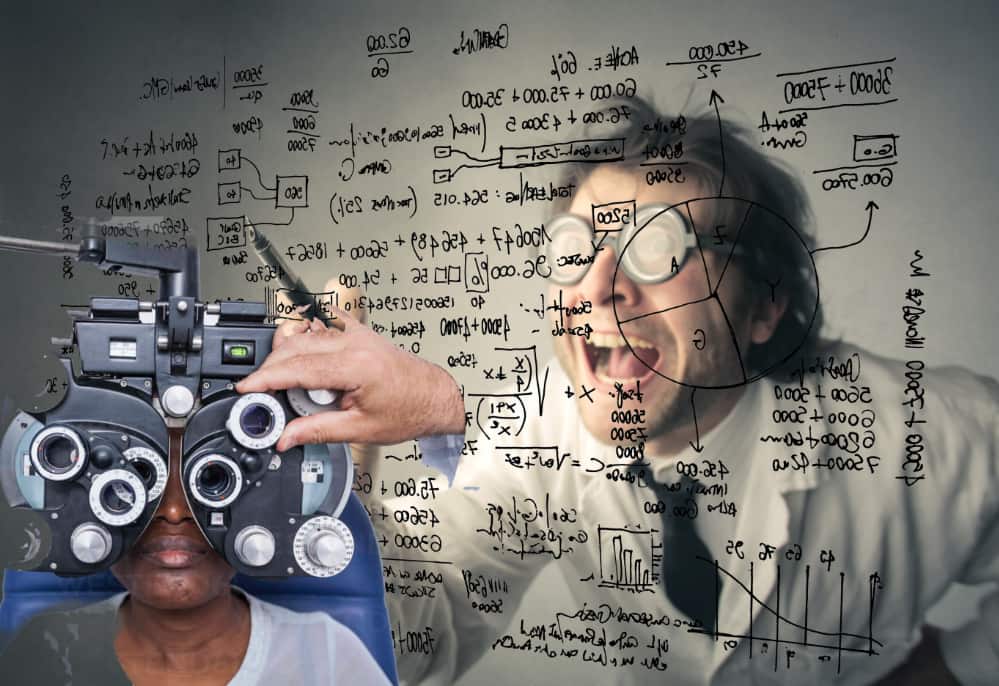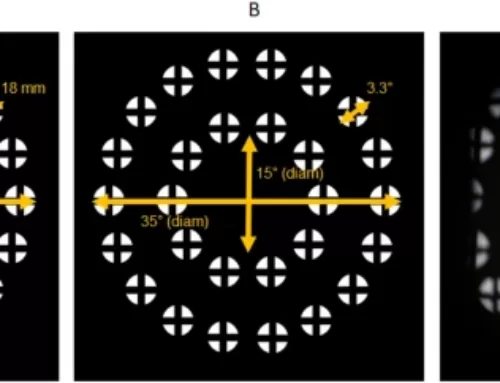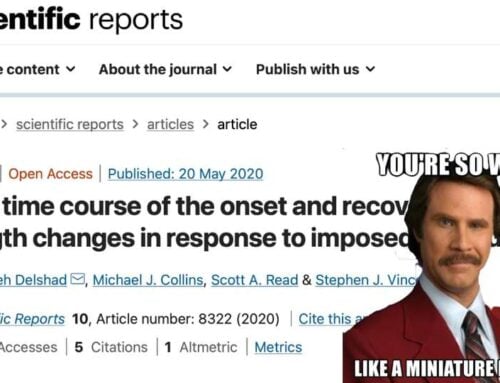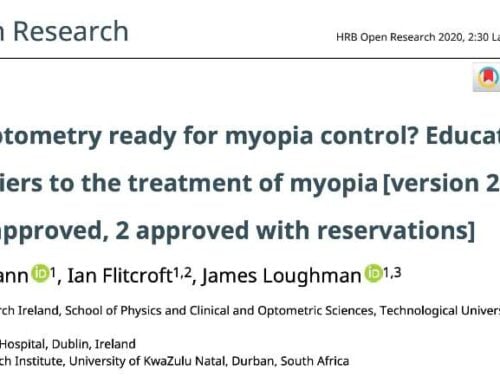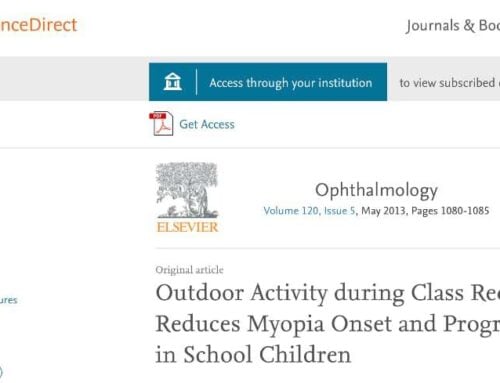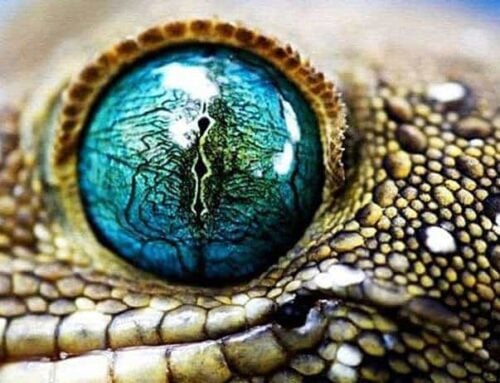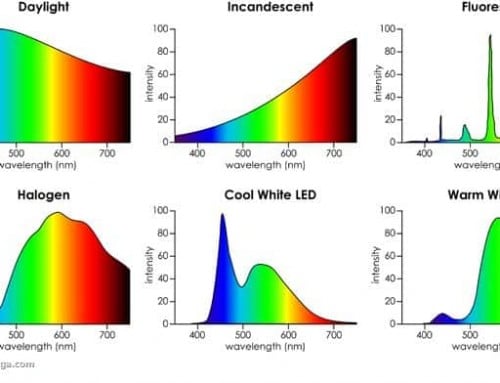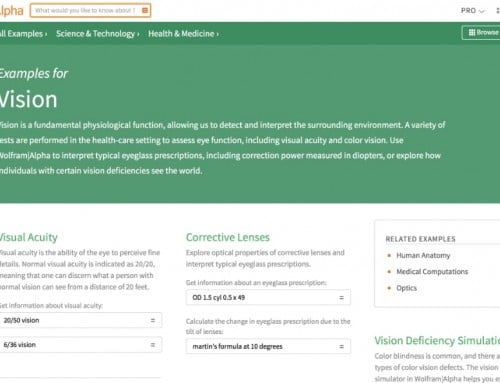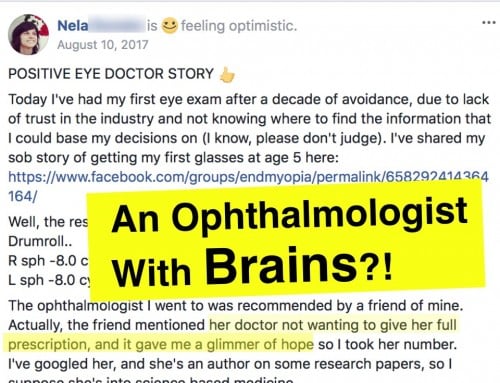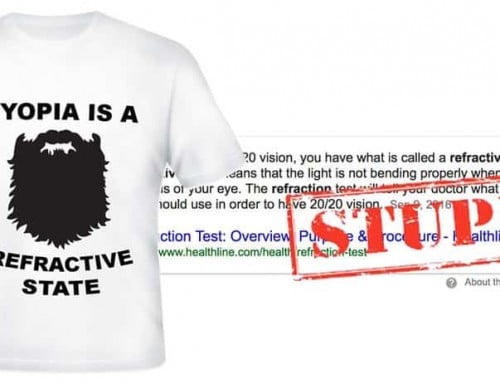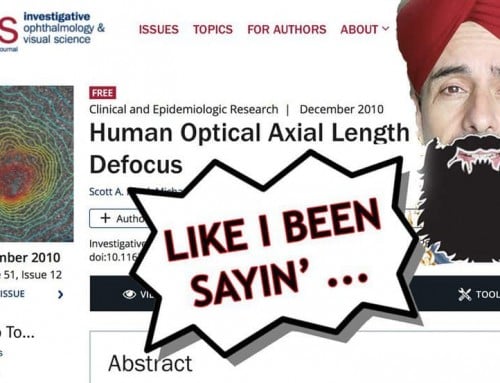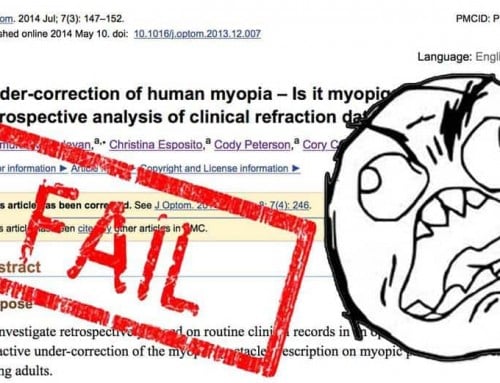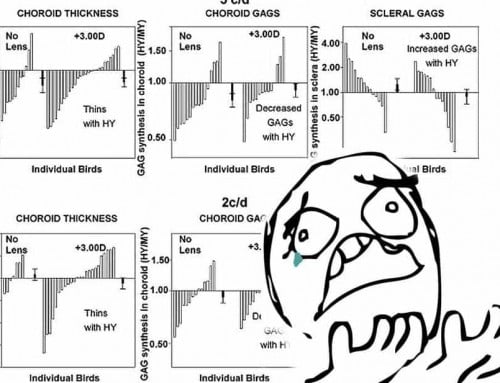Here’s some third hand repost from smarter-people-than-Jakey, about all sorts of bits of scientific explorations.
Source, this post in our private member forum (login required).
Source of the source, this site.
This book is still a goldmine, and still updated. I’m copying some sections which I found particularly interesting from the latest additions:
Liang et al. reported186 : “study demonstrated that near work significantly decreased CCPA [chorio‐ capillaris perfusion area]. The extent of CCPA reduction after near work was associated with higher severity of myopia and choroidal thinning. The baseline CCPA and ChT [choroidal thick‐ ness] decreased gradually with AL [axial length].”
“Maybe” it’s not the sunlight…
Maldoddi et al. reported193 : “Independent of light intensity (outdoor [about 30 000 lux] or indoor location [about 70 lux]) and dioptric profile of the near‐work environment (uncluttered or clut‐ tered), a 15‐min reading task led to a significant increase in axial length.”
Another proof that there is difference how emmetrope and myopic eye behaves to close-up stimulus:
Kaple et al. reported194 : “In accordance with previous literature, eye length increased with accom‐ modation … There were no significant differences between emmetropes and myopes. … Chor‐oidal thickness decreased with accommodation … Greater choroidal thinning occurred for myopes than for emmetropes.”
Yeo et al. reported205: ” Myopic children had significantly greater NITM and longer regression than emmetropic children …”
Paper reading seems to be better than screen:
Read et al. reported233
: “A significantly greater focusing demand (closer viewing distance) was found with smartphone‐based reading (mean, 3.15 ± 0.74 D) compared to paper‐based read‐ing (2.67 ± 0.48 D) (P < 0.001), with the differences being greatest for myopic participants.”Again, it doesn’t matter if you do close-up inside or outside (Myopia is not caused by screens!)
Near work done outdoors, however, resulted in the same temporary level of increase in axial length as near work done indoors (see section 3.2.1.2).
Although sunlight still seems to do something
McKnight et al. reported594: “myopic refractive error was inversely associated with objectively measured ocular sun exposure … There was an inverse relationship between myopic refractive error and ocular sun exposure, with more than double the prevalence of myopia in the lowest quartile of conjunctival autofluorescence than the highest quartile (33.0% vs 15.6%)”.
Note:
These results can at least partly explain the high incidence of myopia in Asian countries, where exposure to the sunlight is traditionally avoided.
The current fright of skin cancer adds to an increase in the onset of myopia.Something about a lit environment:
Vidosa et al. reported about the level of illumination on peripheral defocus626: “… relative periph‐eral hyperopia increased as illumination decreased.”
And it seems like blue light is good for myopia prevention…
(at least some amount). So throw away those blue light blockers:
Wang et al. reported about their experiments with guinea pigs653
: “During the first two weeks of the experiment, blue light exposure raised ChBP [choroidal blood perfusion] and ChT [chor‐oidal thickness], and the effect of suppressing myopia was proportional to the duration of blue light exposure. However, in the fourth week of the experiment, prolonged blue light ex‐posure led to a reduction in retinal thickness and the increase in ChT and ChBP ceased. Shorter blue light exposure had a better effect on myopia suppression, with all blue light groups sta‐tistically different from the LIM [lens‐induced myopia] group.”Also:
Chun et al. reported651: ” Both narrowband blue light and dual‐power lens interventions were ef‐fective in inducing a hyperopic shift in chicks, and provided protection against myopia devel‐opment. The combination of these interventions had additive effects, making them poten‐tially even more effective.”
Wang et al. reported713: “… sufficient sleep duration (OR = 0.63, 95% CI = 0.51‐0.78) was associated with a lower risk of myopia, and short sleep duration (OR = 1.66, 95% CI = 1.14‐2.42) was as‐sociated with a higher risk of myopia.”
And (as usual) supplements are not the solution:
Zhang et al. reported901: ” The association between high serum vitamin D and reduced risk of myo‐pia is confounded by longer time spent outdoors. Evidence from the present study does not support that there is a direct association between serum vitamin D level with myopia.
Although some may help (I still don’t think so, but yeah, study)
Hou et al. reported974 about their experiments with mice that Ginkgo Biloba significantly reduced lens induced myopia and improved choroidal blood perfusion as well as choroidal thickness
And on the diet topic… do I have to say anything?
Yin et al. reported985 own results and summarized earlier resutsby various authors:
- A diet dominated by snacks an beverages promotes myopia
- “… by increasing the level of animal protein in the diet of myopic children, myopia pro‐gressed more slowly than in a control group …”
And it seems @jakey also included now
More recently Jake Steiner552 promoted a program “You Have More Ciliary Spasm Than You Think (A Guide)”. The solid basis of the spasm theorem was well described by Kaisu Viikari 41, 226, 227 as mentioned in other section of this book.
And again, all of these are just the last year inclusion, it’s a monster 343 pages long document.
These are samples of the real deep dives into the whole backstory of your eyeballs and what scientists are exploring.
Note how very far counter it is to what retail optometry gives you. I’m not saying any or all of above is correct or that I agree with it – just that there is a whole lot more to the topic of myopia than the standard very unlikely explanation of “uhhh it’s genetic”.
Mainly my place (and endmyopia) in all of this, is some actionable middle ground. We’re about the practical applications, the pursuit of the simplest and least invasive possible ways to get to and maintain good 20/20 eyesight in real world applications. Your Ole Beard isn’t the deep dive science guy, rather I just care about what you need (and what you can skip) to not be reliant on corrective lenses in your day-to-day life.
There’s a place for everyone in this. The lens sellers for the people who just want a quick fix, see clearly on their way to McDonalds and Starbucks. The endmyopia for those who just want clear vision without getting into debates with nerds about concepts with no practical applications. And the nerds, who keep us honest (ideally) and provide explanations and biology education and experiments as to the why and how of many of the underlying mechanisms.
Nice right?
I’ll bette just shut up here, while we’re all upbeat and positive. Go make some 20/20 gains!
Cheers,
-Jake

